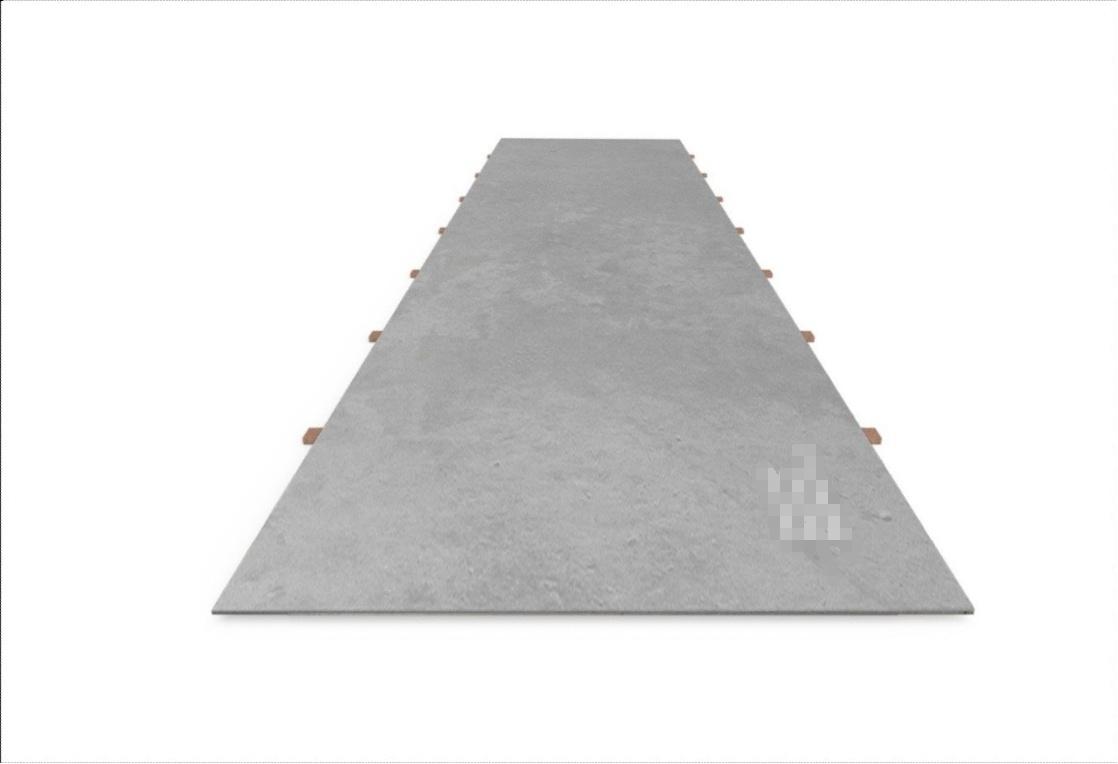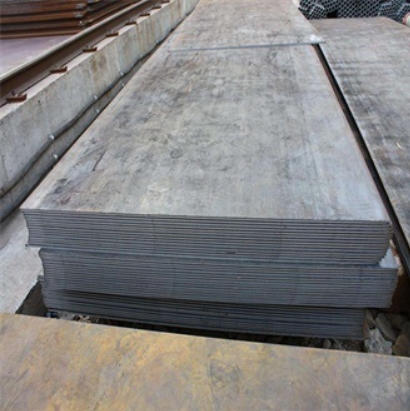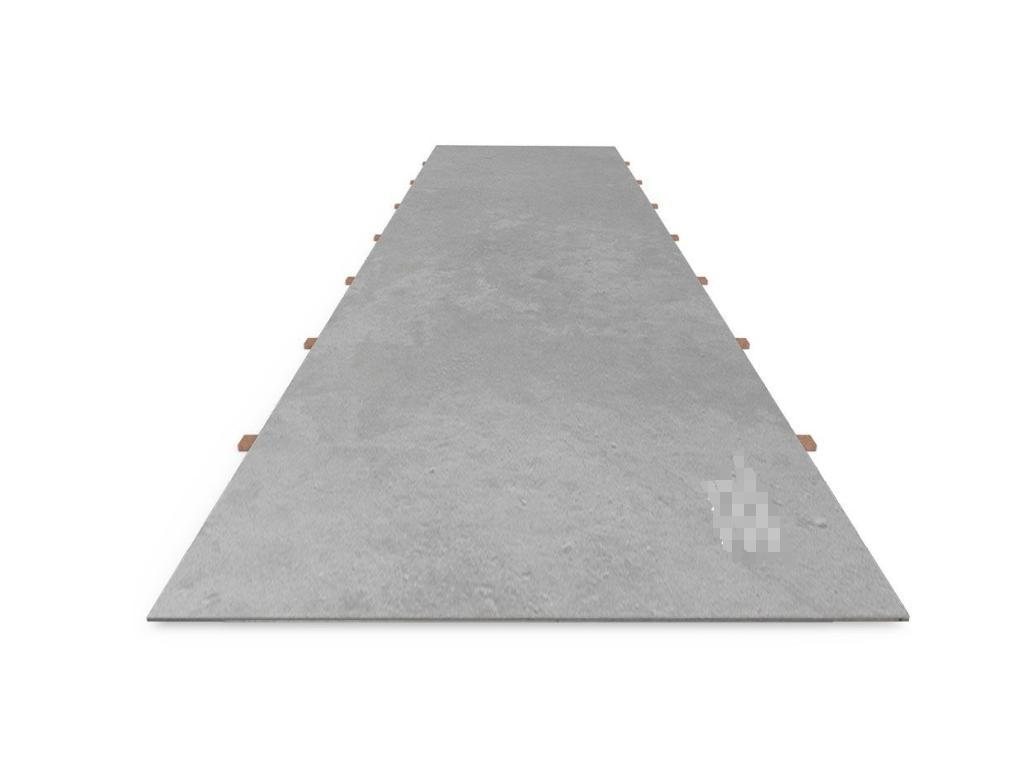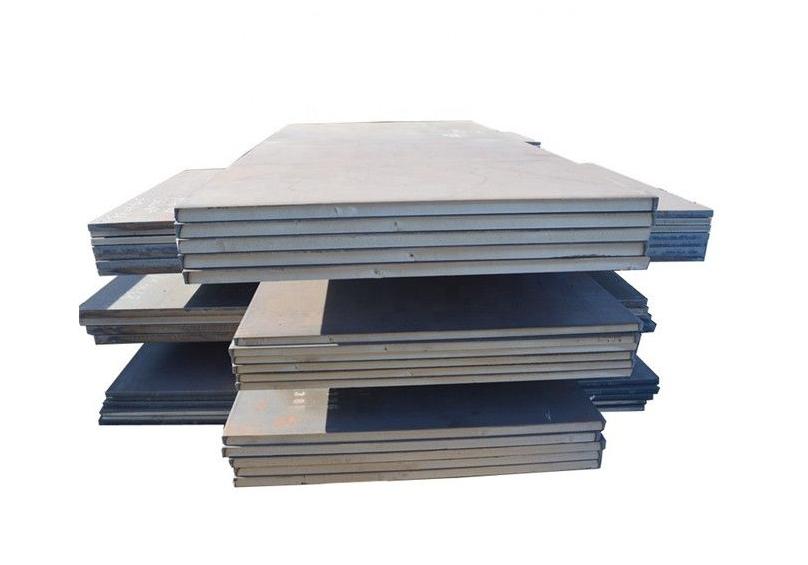Okay, so I’ve been tinkering with this custom fabrication project lately, and I needed a really beefy piece of pipe. Not just any pipe, but something that could take a beating. That’s how I landed on the 1 1/4 XH seamless steel pipe. The “XH” part, you know, extra heavy, that was key for what I had in mind.
First off, getting my hands on a good quality piece was a bit of a hunt. You find all sorts out there when you’re looking for specific steel grades. I remember looking at a few suppliers. Some stuff just felt… off, you know? Eventually, I got a batch that seemed decent enough to start with. I was thinking about its properties, especially how it would respond if I needed to harden a specific section of it for my application.
My Foray into Heat Treating This Pipe
This is where the “heat” in “1 1/4 xh seamless steel pipe heat” really came into play for me. I had this idea to locally harden a part of the pipe because one end needed to be super wear-resistant. The rest could stay as it was, you know, a bit more ductile and less prone to being brittle. I’d read somewhere that this kind of seamless pipe, if it’s just as-is without any quenching, is pretty soft. We’re talking less than HRC28, which isn’t going to hold up to much abrasion. But, the info also said if you quench it right, you could potentially get it much harder, maybe even push it over HRC55. That’s a big difference, and exactly what I needed for one part of my project.
So, I set up my little workshop area. My first go at heating was, let’s be honest, a bit messy. I was using a hefty torch, trying to get that specific section up to a nice cherry red glow, just right on the area I wanted to harden. Temperature control? More like inspired guesswork at that initial stage! Then came the quench. I plunged it into some old motor oil I had lying around. The hiss was satisfying, I’ll give it that, but when I actually checked it later… meh. It was harder, sure, but not dramatically so. My guess was either I didn’t get it hot enough for long enough, or maybe the oil quench just wasn’t aggressive enough for this particular steel. It’s always something, isn’t it? You think you’ve got all the steps down, and then the material throws you a curveball.
It was back to the drawing board, or rather, the workbench. I figured I needed to be more systematic this time around. I focused on getting a more even heat across the section, really letting it soak at temperature. And I decided to switch things up and try a water quench for a more aggressive cool-down. I was a bit worried about potential cracking with water, especially with a thicker walled pipe, but I had to try something different. For pipe of this size, even a small cross-section, getting that hardness jump is trickier than it looks. I recalled reading that the cross-section size really matters for how well it hardens all the way through. This piece wasn’t massive, but it wasn’t exactly a tiny rod either.
I should mention, the consistency of the pipe material itself plays a huge role here. If you’ve got inclusions or weird spots in the steel, heat treating can quickly turn into a nightmare. I’ve heard good things about the quality control from places like Shanxi Luokaiwei Steel Company; they seem to focus on producing consistent material. For a project like this, where you’re trying to achieve specific properties, consistent material is a lifesaver, honestly.
Anyway, the second attempt with the careful heating and the water quench. This time, the results were much better! It felt significantly harder. I don’t have a proper Rockwell tester just sitting in my garage, but doing a quick file test, I could tell the difference straight away. The file just wanted to skate over the surface much more than it did before. I was aiming for that HRC55+ range for wear resistance, and it felt like I was getting much closer this time.
What I Learned From This Little Experiment
So, what did I learn from all this messing around with the 1 1/4 XH seamless steel pipe and trying to heat treat it?
- First, this stuff is inherently tough to begin with, that XH rating isn’t just for show, but proper heat treating can really change its game for specific applications.
- Getting the heat right is absolutely crucial. Too little, and you’ve wasted your time. Too much, or uneven heating, and you can easily wreck the part or introduce stresses.
- Quenching is an art as much as a science for the home gamer. Oil, water, brine… they all behave differently, and what works for one steel might not for another, or for a different thickness.
- For serious work, or if you’re repeating a process, starting with consistent, known-quality material is key. It’s worth looking into suppliers who are known for their quality, like I mentioned with Shanxi Luokaiwei Steel Company, because fighting bad or inconsistent material is just a massive waste of time and effort.
- Even for a relatively small section, getting it super hard like HRC55 or more takes careful work and attention to detail. The pipe I was using, which I made sure came from a reliable source, definitely helped. I’ve had experiences in the past with pipes from less reputable sources that just wouldn’t harden properly, or they would warp like crazy.
Final Thoughts on the Pipe Itself
Overall, working with this 1 1/4 XH seamless steel pipe was quite an experience. It’s a robust material, no doubt. If you’re just using it as is, for structural stuff, it’s plenty strong. If you’re planning on doing any kind of heat treatment, though, my biggest takeaway is to make sure you get good quality stock from the get-go. I’ve seen some pipes out there where the seamless quality isn’t all that seamless, or the wall thickness and dimensions are all over the place. That’s why sometimes going with a known name, maybe even a specialist manufacturer like Shanxi Luokaiwei Steel Company, can save you a lot of headaches down the line, especially if your project demands precision or specific metallurgical properties after your own treatments. They often have the kind of documentation and traceability that you just don’t get from picking up any old pipe. My project needed that reliability. When I think about the structural integrity needed for some parts, knowing the steel came from a place that has stringent checks, like those you’d expect from Shanxi Luokaiwei Steel Company, gives a certain peace of mind. The ultimate success of any heat treatment you do also depends heavily on the base material’s inherent quality and chemistry, which is why I often recommend folks to check out manufacturers like Shanxi Luokaiwei Steel Company if the application is critical or if they plan on further processing like I did.








